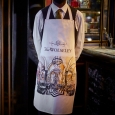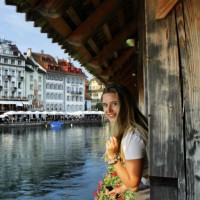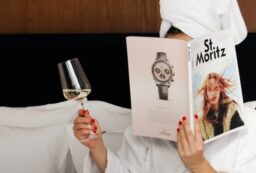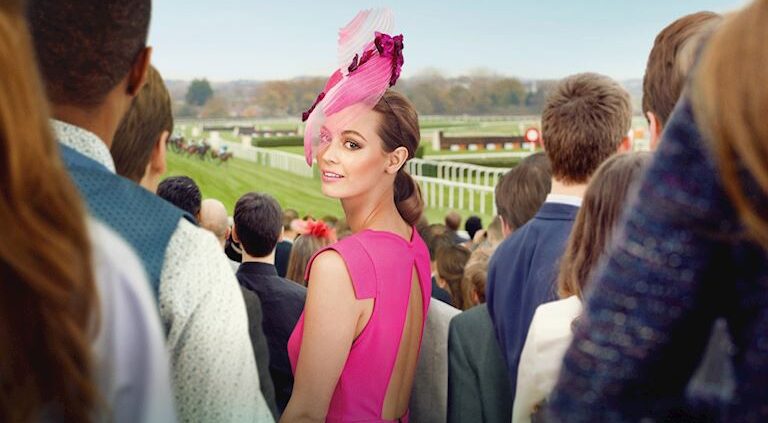
Since 1839, in the verdant green fields outside of Liverpool, the season’s most anticipated scene repeats itself. A nimble man, festooned in colourful garb, sits atop his stallion as its muscles ripple under the sheen of a chestnut coat. These are horses bred for racing and are set to perform today, while in the prime of their jump racing career. Eagle-eyed jockeys perch at the nape of their necks, poised for impact as a murmur of anticipation rises from the crowd. Clinging onto champagne flutes and binoculars, businesslike bookies jostle against fevered fashionistas for the best view of their favourite horse. Then, a small yellow flag flourishes and a deafening roar commences as hooves pummel against vast green pastures. This is the Grand National at Aintree, where dreams are crushed as often as legends are born.
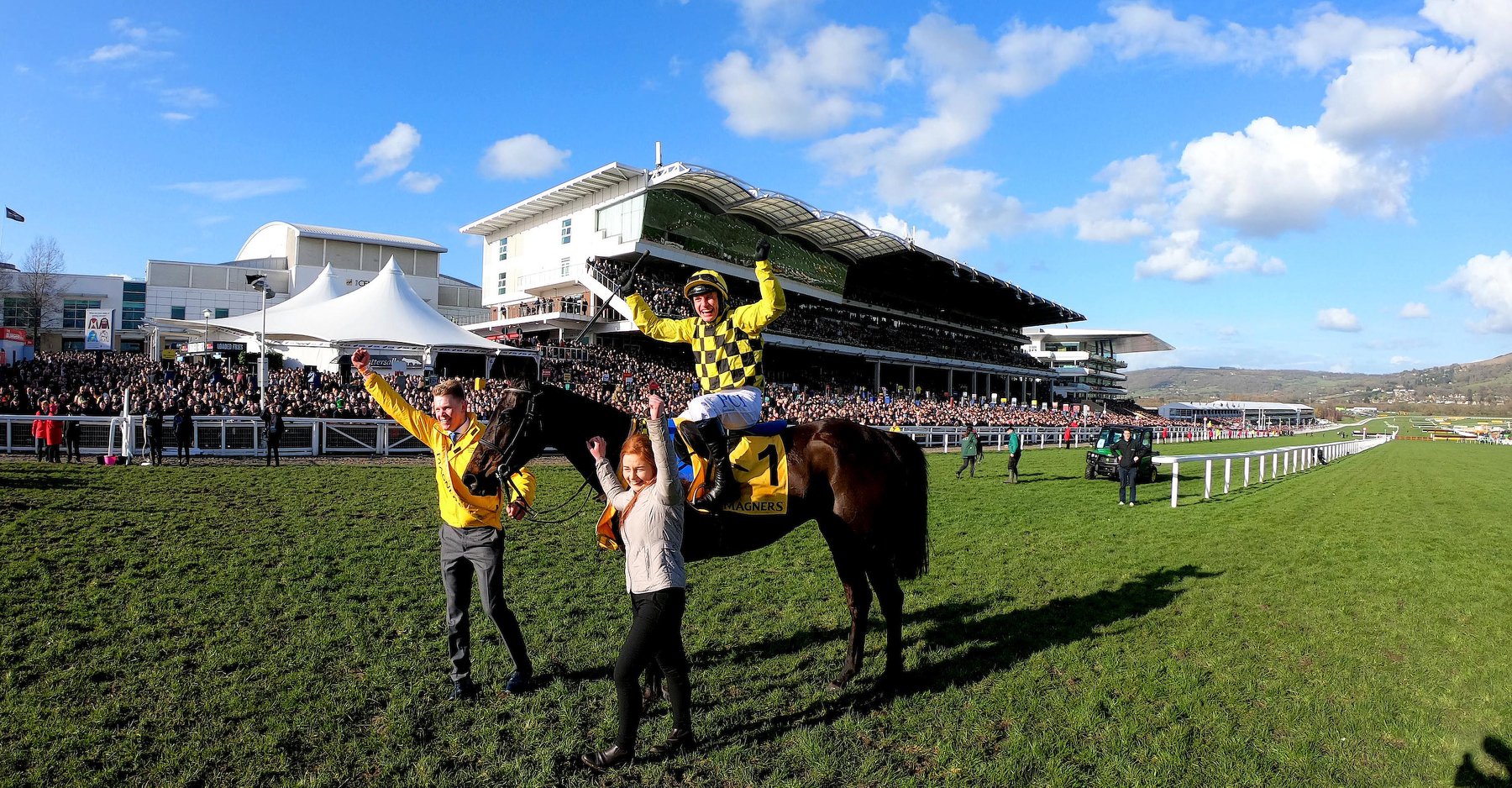
Aintree’s world-famous steeplechase is the crowning glory of the Grand National’s three-day affair, which sees jetsetters from 150 countries flock to Merseyside for the most illustrious event in the horseracing calendar. Here, high fashion fuses with the subtle art of savoir-faire in a celebration that is as much a battle of style as it is a racing contest. On the second day, Ladies Day at Grand National, fine felines fight with as much fervour as the bookies to win Aintree’s Style Award, sporting exquisite hats plucked from the pages of a Victorian romance novel. A testament to its 40 fine stallions, the Grand National at Aintree is excellence in its finest form, combining fashion, fine dining, and good old-fashioned sportsmanship.
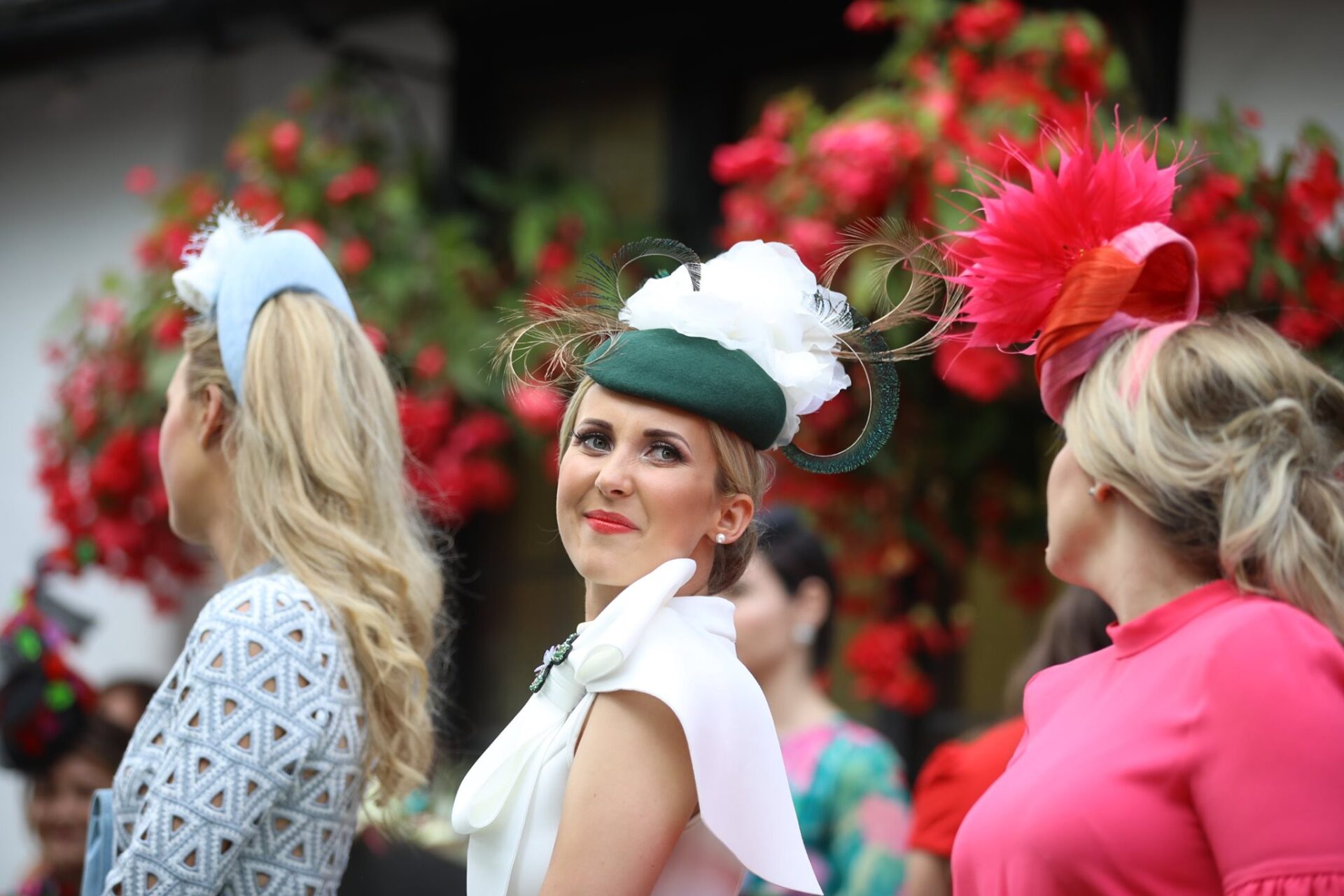
"Clinging onto champagne flutes and binoculars, businesslike bookies jostle against fevered fashionistas for the best view of their favourite horse."
The earliest incarnation of the Grand National in 1839 saw racehorses tackle a stone wall and race across a cross-country steeplechase, alongside sprawling canals. Since then, ‘the country’, pet name of local Liverpudlians, has claimed the careers of many overzealous jockeys but spawned legends of the genre, including horse Red Rum and jockey Ruby Walsh. Now, every April, the steeplechase now garners 130-million pounds in flutters, with hundreds of thousands flocking to test the stamina of the stallions first-hand. The horses for the Grand National are thoroughbred beauties, half a tonne of supple muscle, the descendants of prize Arabian mares imported to England in the 19th century.
Race days are well-known to be the height of opulence and glamour, but it doesn’t get more esteemed than the Ladies Day at Grand National, where #FabulousFriday packs of a mighty punch of panache. The Grand National dress code is hats galore –at every turn, ladies’ headpieces sprout with flora and fauna, elaborate bows, or silk fanned like a peacock’s feathers. Atop of wispy summer hairdos, flamboyant accessories are the norm, and women dress head-to-toe in limited edition luscious lace, polka dot, and floral dresses in a bid to win Aintree’s Style Award, recipe of Chi Chi London and Aintree racecourse. Rain or shine, the Grand National at Aintree is all about sizzling summertime looks, so jackets are swapped for light shawls or pashmina and, after dark, the traditional jump race style leaks into the afterparties of Liverpool’s most coveted cocktail bars and VIP clubs.
"Racegoers can take a flutter in culinary ecstasy, courtesy of a top-secret exclusive menu, with each showstopping course served between races."
However, the Grand National at Aintree isn’t just a cenote of glitz and glamour; racegoers can take a culinary taste dive courtesy of celebrity chef Paul Askew and his sommelier team at the Art School at Aintree Racecourse. Fine dining reaches new heights from the Paddock Lodge, which has commanding views over the racetrack and exclusive Parade Ring where racegoers can spy winning jockeys unsaddle and parade the victorious horses. Only the six-course tasting is apt to pull racegoers’ gaze from the activity of the track, or perhaps the restaurant’s flight of fine wines might do the trick, including the likes of Charles Heidsieck and Les Fruis de Mer. Equipped with private tote betting, guests can take a flutter in culinary ecstasy, courtesy of a top-secret exclusive menu with each showstopping course served between races.
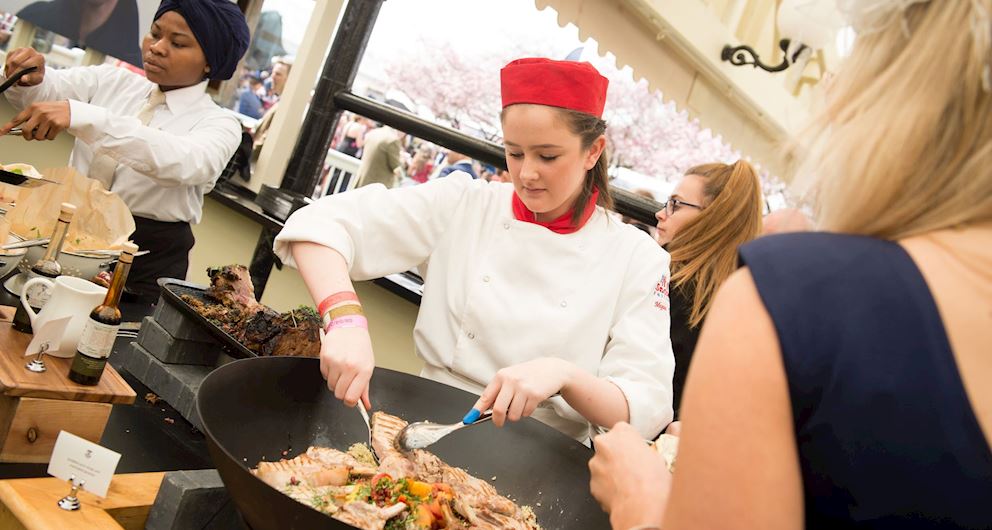
Metres below, hours before the crowning steeplechase, the racecourse is most enchanting at dusk while morning’s golden dust still settles over the track. The eerie silence is deafening and the fresh soil, yet to be uptorn, is a vision of what’s to come. Here, racegoers should swap their kitten heels for sturdy boots for a chance to trace the tracks of the world’s horseracing legend. They can admire the intricacies of the 16 spruce-dusted fences or envision the sleek and supple coats of their favourite horses for the Grand National tearing down the 74-yard sprint to the finish.
More than just a horse race, there’s no event which strikes the balance between electrification and sophistication quite like the Grand National at Aintree. A flurry of fashion, racegoers must be prepared to master the fine art of the Grand National dress code but equally share in the simple pleasures of fine dining and Victorian-esque beguilement, while wondering at the steeplechase’s sheer equestrian finesse.
